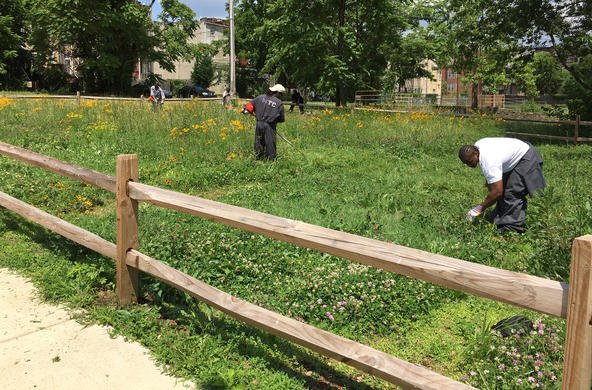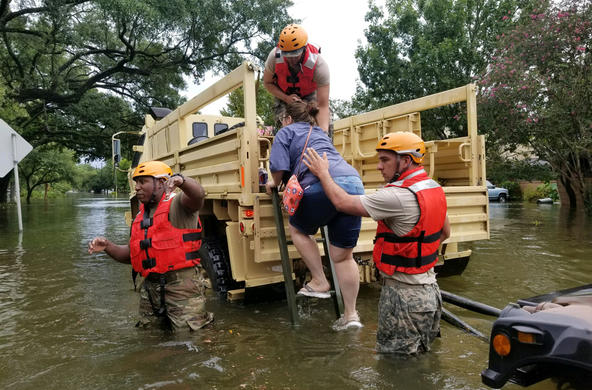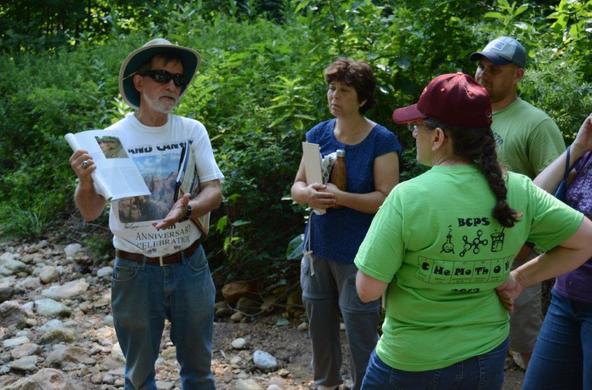West Baltimore residents contend with more mosquitoes than people living in more affluent parts of the city, putting them at increased risk for mosquito-borne diseases. Disparities are greatest during the dog days of summer, when poor communities can experience three times more mosquitoes than their wealthier neighbors.
This is just one of the findings to emerge from Cary Institute disease ecologist Shannon LaDeau’s mosquito research program. As part of the Baltimore Ecosystem Study, her team is working to understand environmental conditions that support mosquitoes and how they can be minimized, with the goal of protecting public health.
Asian tiger mosquitoes, present in Baltimore since the 1980s, are capable of spreading Zika, chikungunya, and dengue between humans. With local Zika transmission now occurring in the southern U.S., the public health community is on high alert.
Recent modeling work done by LaDeau, Rick Ostfeld, and colleagues highlights Zika risk in East Coast cities. One of every two infectious travelers arriving at peak mosquito season could initiate local transmission, with some 10% of these introductions resulting in a disease outbreak of at least 100 people.
Asian tiger mosquitoes are formidable foes. They bite during the day and can lay eggs in everything from paper cups and tires to broken gutters. Low-income urban neighborhoods offer abundant mosquito-breeding habitat in the form of abandoned buildings, garbage-strewn vacant lots, and overgrown vegetation.
With National Science Foundation funding, LaDeau is working with Baltimore community leaders to develop neighborhood-based mosquito management strategies. These include cleaning up vacant lots, planting insect-repelling plants, and educating residents on dumping standing water.






